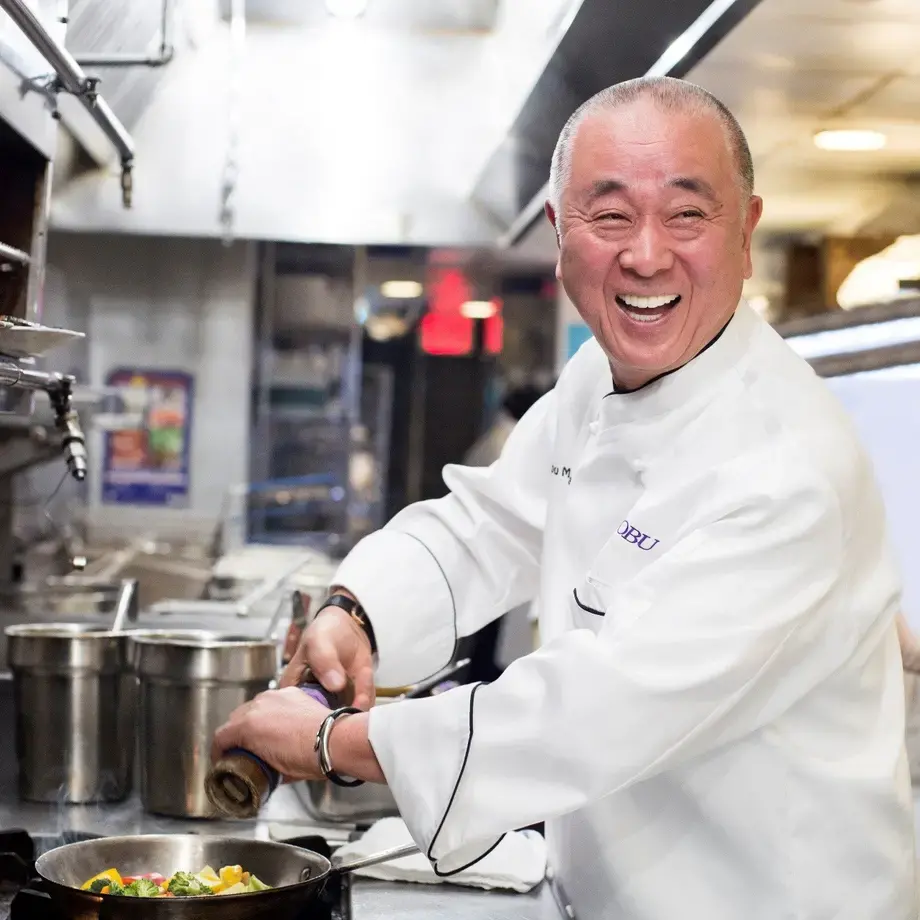“I don't eat it anymore and have friends who do the same,” says Paola Miglio, a renowned Peruvian food writer. “There are also chefs who are trying not to use it, but people want the black clam because they consider it a delicacy and feel very proud of eating them. For connoisseurs, the black clam that grows on the Peruvian side is tastier than the one on the Ecuadorian side, because in Peru the fresh water mixes with the sea,” she explains.
To see what the fuss is all about we head to Tumbes, and its protected mangrove sanctuary. It is renowned for its biodiversity, especially its aerial wildlife, so the boat ride feels like entering a movie set on Hitchcock's The Birds. Flocks and flocks of them, circling over us, piercing the air with their haunting shrieks. Standing in as our captain is Andre Patsias, one of the most exciting young chefs in a country that in recent years has become a top culinary destination. Patsias, half Peruvian, half Greek, has worked in some of the most high-profile restaurants, like Noma, Mugaritz and Central. In 2018, he opened his own restaurant, Statera (the name is from the Greek word for ‘equilibrium’, and is tattooed on Patsias’s forearm, you know, as chefs do).
A lot like Virgilio Martinez, Patsias found his equilibrium and inspiration in diverse Peruvian landscapes, from the rugged mountainscapes of the Andes, to the mangrove coast of Tumbes. Up there he works with Biosfera, an NGO whose task is to protect the fragile ecosystem and regulate the harvesting of black clams. Patsias was the first chef who started collaborating with them to use the black clams more sustainably, and to look for possible alternatives.
“I think concha negra is an amazing product, very exotic. For me it's like caviar, and has all of this finesse, richness, umami, it's beautiful,” he tells me. “In the past 15 years we’ve had huge consumption of black clams, but it hasn’t been well managed, so it became endangered, because people aren’t respecting their breeding time and other things. They will breed, we just need to give them space and a window to re-establish.” For that, Biosfera imposed regulations with a months-long ban on harvesting during the breeding periods, plus a minimum size requirement. For some though, like Miglio, that period is still too short, and they are pushing for a 2 year-long moratorium.
In the meantime, Patsias found an alternative. Pata de mule is bigger than the black clam, but the taste is practically the same, so he is trying to entice Peruvians to switch their go-to mollusc. With Biosfera, he has also been developing a study to figure out the reproduction cycle of patas de mula to make it a regular alternative.












